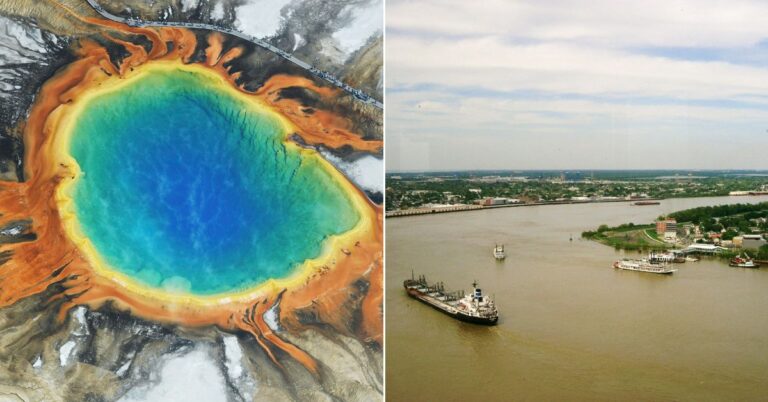Where British Railway Travel Wins And Where It Wobbles
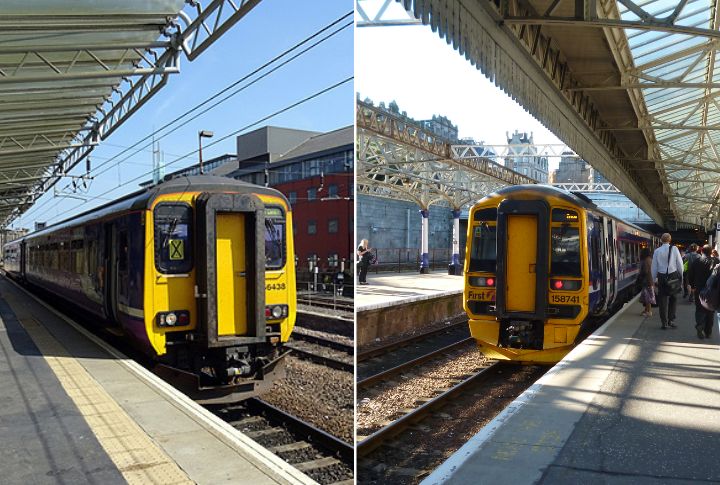
Britain’s railway stations have seen it all, from grand architectural triumphs to moments of frustration. Some offer travelers elegance and ease, while others bear the marks of delays and disappointments. Yet, each station has a story shaped by history and the countless footsteps that have passed through its doors. Let’s find out which stations truly stand out and which ones are still stuck on the platform.
Good: St Pancras International
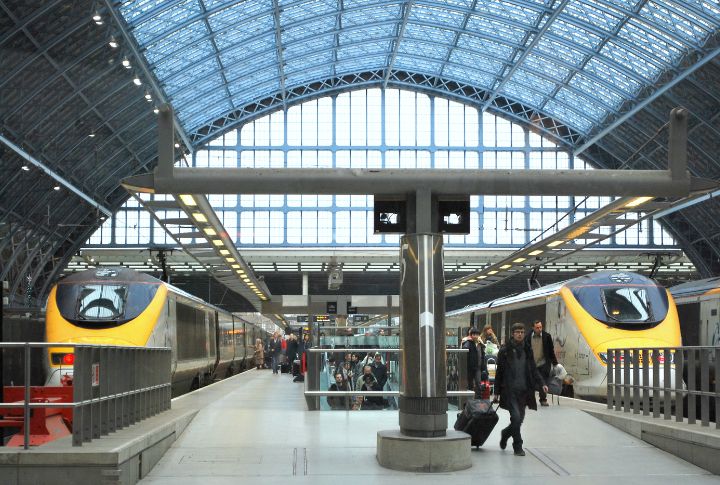
More than a station, St Pancras delivers a world-class travel experience. Its soaring glass roof, Victorian grandeur, and elegant shops make waiting a pleasure. You can literally sip champagne at Europe’s longest bar before boarding the Eurostar. Plus, the station’s exceptional design and seamless international links redefine rail travel.
Bad: Preston
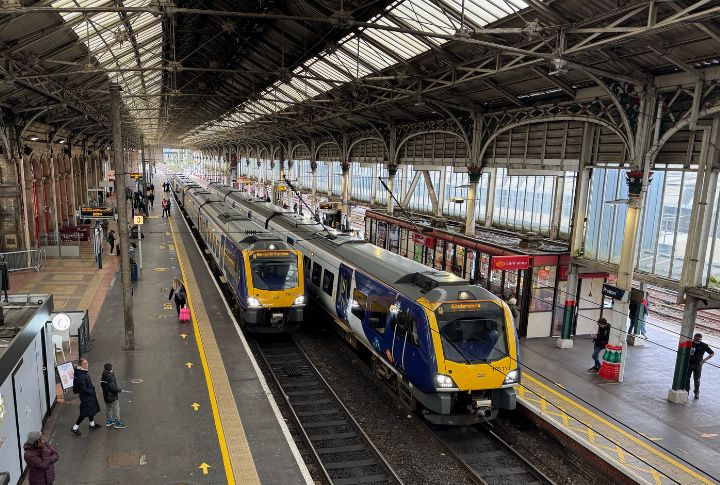
Preston’s concrete walls and fluorescent lights set a dull tone with no lively shops or inviting spaces. For a city that has major connections, it’s a missed opportunity for something more inviting. However, many believe that with modern updates and welcoming touches, it could become a station that travelers remember.
Good: York Station
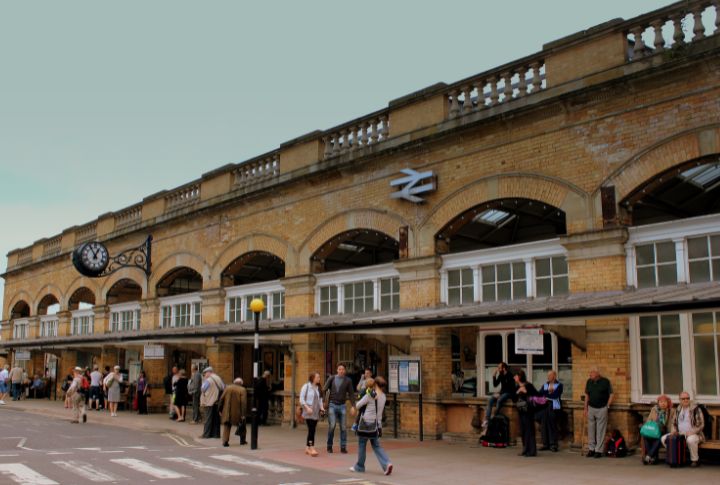
A visit to York’s station offers more than transit. It’s almost like a historical field trip. Vaulted ceilings and graceful platforms celebrate the city’s past, while the conveniences ensure a smooth journey. And then, when it feels like you have seen it all, just a short walk away, the National Railway Museum invites you to explore even further.
Bad: Wolverhampton

Wolverhampton station lacks charm and comfort, with uninspired design and scarce amenities. The puzzling platform layout frustrates travelers, making navigation a chore. The station falls disappointingly short for a city that prides itself on connectivity. Additionally, ongoing renovation delays only add to the sense of neglect.
Good: Edinburgh Waverley

Once a gateway for Victorian travelers, Edinburgh Waverley captures the romance of rail travel. Its location, framed by the ancient and the contemporary, celebrates the city’s heritage. Everything runs smoothly, and the space has just enough character to make it more than just a stop.
Bad: Clapham Junction
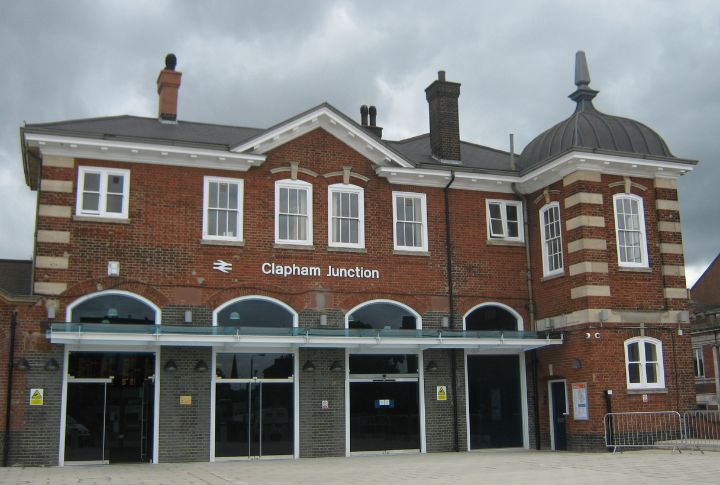
Britain’s busiest station for train traffic feels more like a commuter’s endurance test. At peak hours, you will find impatient crowds struggling through a maze of unexpected platform switches. Plus, with limited seating, weary travelers are often left standing, while inadequate accessibility options only heighten the sense of chaos.
Good: Bath Spa
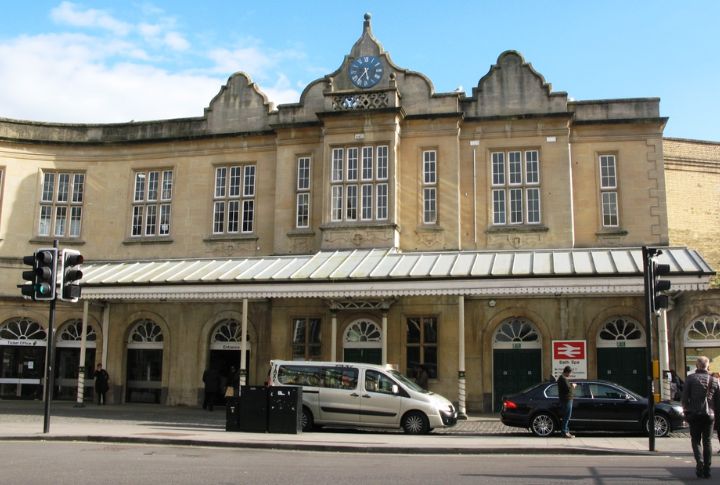
Small but stunning, Bath Spa complements the city’s historic charm. Its honey-colored stonework and scenic surroundings make it one of Britain’s most visually pleasing stations. The attentiveness and care of the staff also turn a simple journey into a comfortable, stress-free experience.
Bad: Manchester Oxford Road

Ever tried squeezing a whole city’s worth of travelers into a shoebox? That’s Manchester Oxford Road during peak times. The platforms are tight, the service is spotty, and the vibe? Somewhere between “mildly chaotic” and “why am I still here?” Although there are plans for upgrades, relief might be years away.
Good: Durham
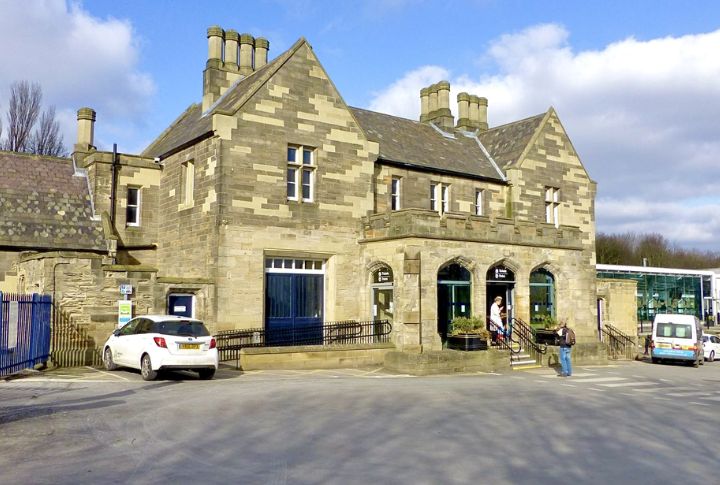
Few arrivals feel as special as stepping into Durham. The first glimpse of the cathedral’s soaring towers is like a personal welcome from the city itself. It is truly a memory etched into every traveler’s mind. With clean facilities and efficient service, this station embodies the spirit of the region.
Bad: Luton
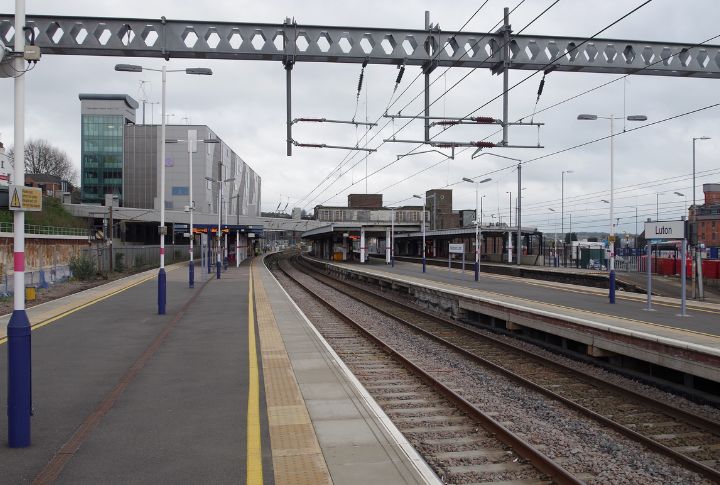
Luton Station offers little to impress. Dull surroundings and a tiring walk to the airport shuttle drain any sense of welcome. Plus, its uninspired atmosphere makes it more like a necessary stop than a functional gateway. Then, there are minimal amenities and dated infrastructure that further hinder the experience for weary travelers.
Good: Paddington
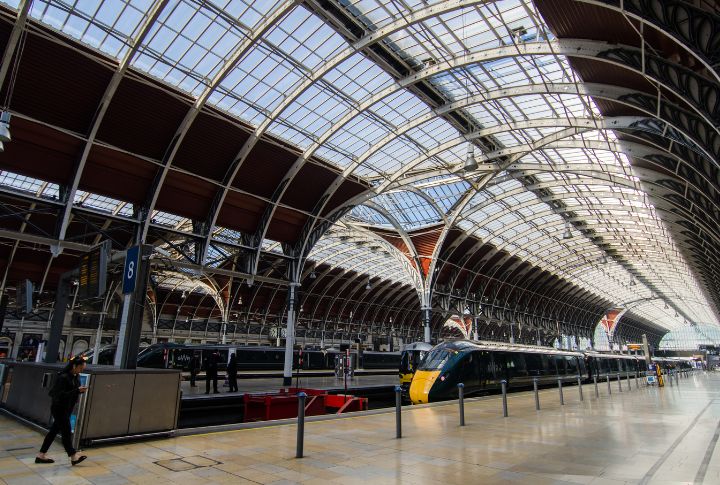
One of London’s finest, Paddington balances historical grandeur with modern efficiency. Snap a selfie with the famous bear, admire the soaring roof, and hop on a train—it’s all part of the experience. Arriving here feels like stepping into British railway history, and the spacious concourse ensures hassle-free travel even during rush hour.
Bad: Euston Station

It’s London, it’s central… and it’s chaos. Euston tries to be a flagship station but ends up feeling like a crammed hallway with train tracks. There’s not much atmosphere unless you count frustration. Even the flashy departure board can’t distract from the station’s growing pains.
Good: Newcastle Central
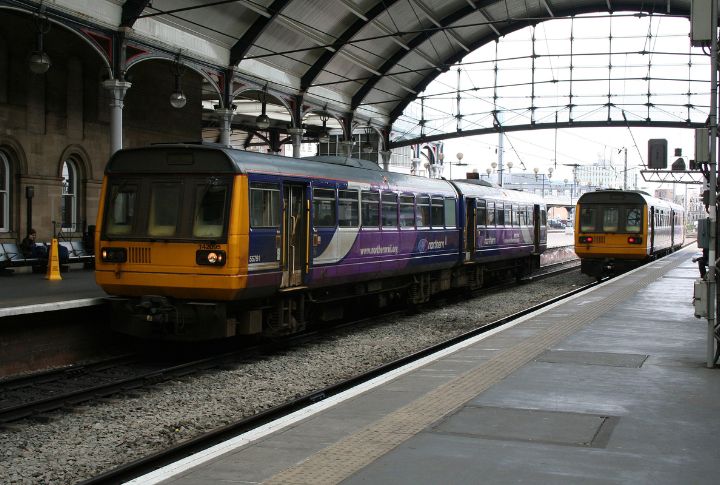
Vaulted arches and timeless architecture welcome travelers at Newcastle Central. Plus, seamless connectivity and a straightforward layout ensure efficient journeys across the North East. So, whether you’re rolling in for the weekend or catching your regular ride, it’s a dependable stop.
Bad: Aberdeen
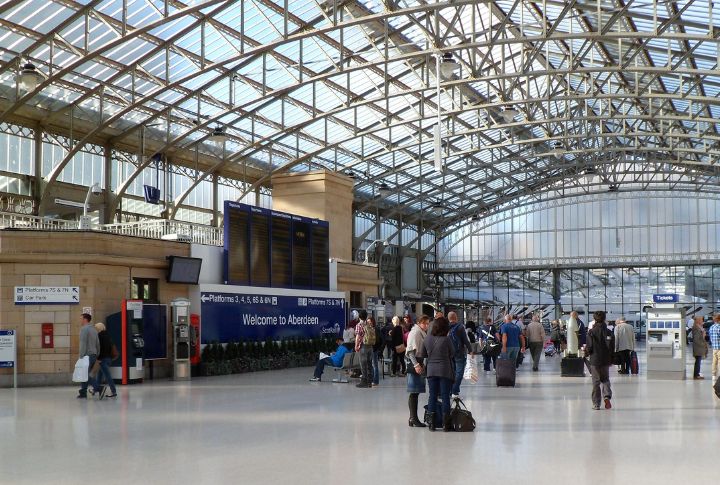
Aberdeen Station’s cold, uninviting atmosphere stands in stark contrast to the beauty of the city it serves. With minimal seating, poor lighting, and insufficient dining choices, it leaves travelers disappointed. However, investment in modernization might vastly improve passenger comfort and overall appeal.
Good: Manchester Victoria

First impressions of Manchester Victoria may have been disappointing, but a million-dollar renovation in 2015 brightened its interiors and improved its amenities. By 2018, 85% of passengers gave the station positive marks, showing how a thoughtful transformation can redefine a city’s transport hub.



